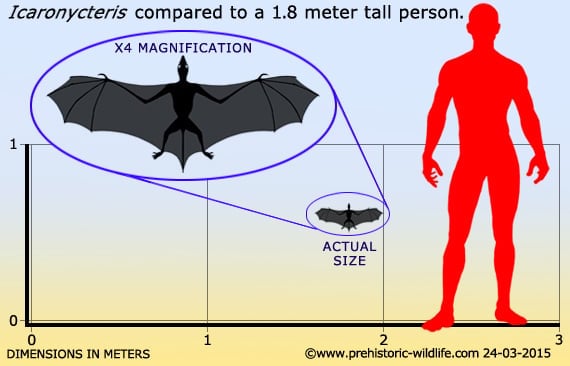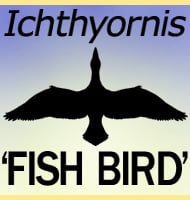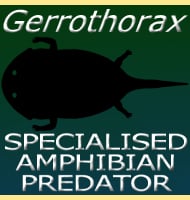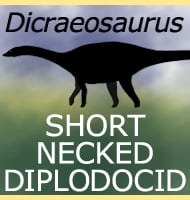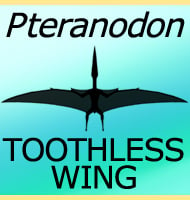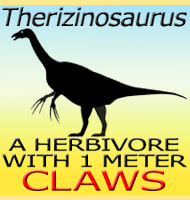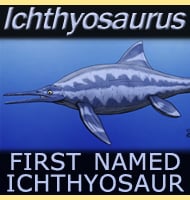In Depth
Towards the end of the Triassic a group of reptiles evolved wings so that they could fly after insects in the air, becoming the reptiles now known to us as pterosaurs. Over one hundred and sixty million years later and only around thirteen million years after the pterosaurs became extinct at the end of the Cretaceous, evolution repeated itself but this time with the mammals, specifically the bats.
Icaronycteris is one of the earliest known bats and already the modern bat form is clearly established. The inner ear bones strongly suggest that Icaronycteris was already using echolocation to hunt during this time and the ankles of the feet were arranged to face backward so that Icaronycteris could hang upside down. Some specimens have also been found with moth scales inside where the stomach area would have been, clearly revealing that Icaronycteris also had a similar prey preference to most modern bats.
Despite all this Icaronycteris was still primitive in some respects. Modern bats have a single claw on their first digit, but Icaronycteris had this plus another one on the second digit. Icaronycteris also lacked a uropatagium, the flap of skin in between the legs of modern bats that also includes the tail. Icaronycteris also had a less rigid skeletal structure. Finally even though Icaronycteris was an insectivore, it had a full set of teeth that were relatively unspecialised beyond the basic mammalian form. Later bats would develop more specialised teeth that were also fewer in number than Icaronycteris had.
Further Reading
– Early Eocene bat from Wyoming. – Science 154(3754):1333-1339. – G. L. Jepsen – 1966. – Chiroptera and Dermoptera of the French early Eocene. – University of California Publications in Geological Sciences 95:1-57. – D. E. Russel, P. Louis & D. E. Savage – 1973. – Phylogenetic relationships of Icaronycteris, Archaeonycteris, Hassianycteris, and Palaeochiropteryx to extant bat lineages, with comments on the evolution of echolocation and foraging strategies in Microchiroptera. – Bulletin of the AMNH (235). – N. B. Simmons & J. H. Geisler – 1998. – High bat (Chiroptera) diversity in the Early Eocene of India. – Naturwissenschaften 94(12):1003-1009. – T. Smith, R. S. Rana, P. Missiaen, K. D. Rose, A. Sahni, H. Singh & L. Singh – 2007.
